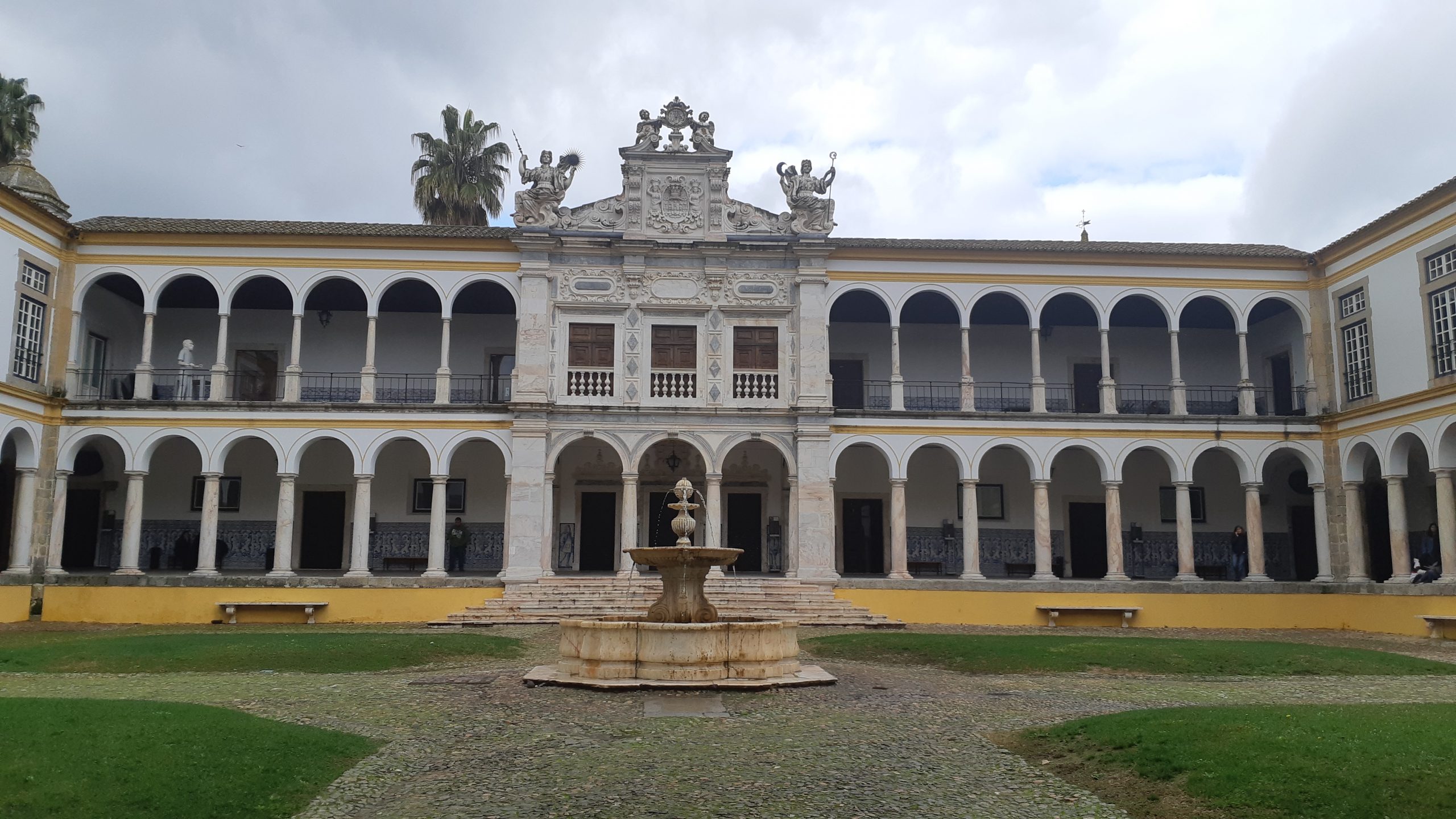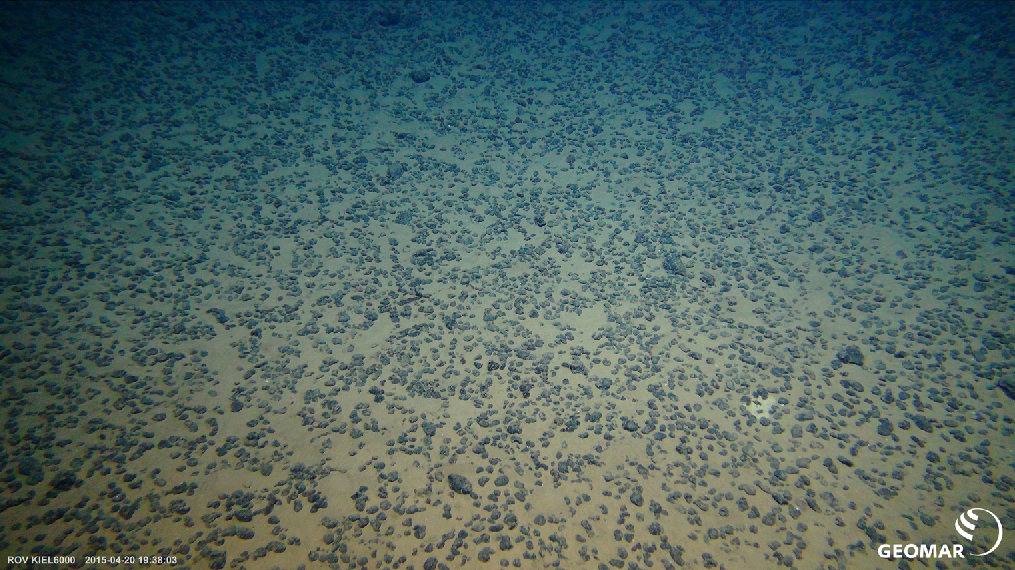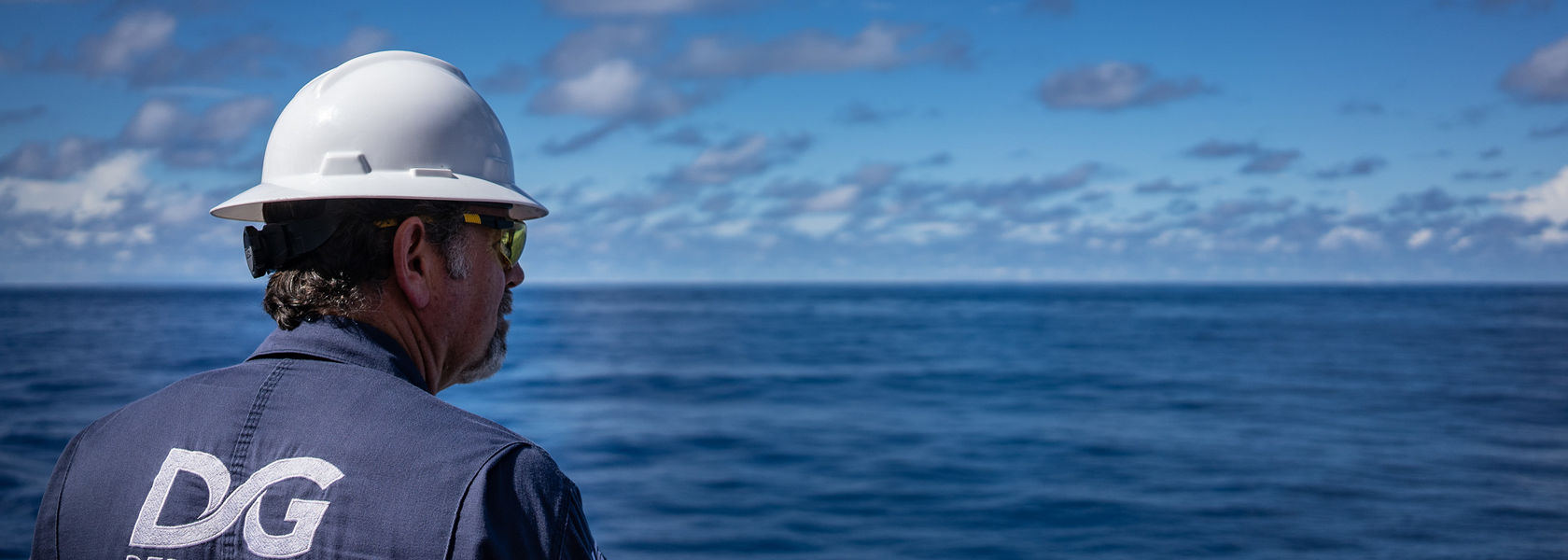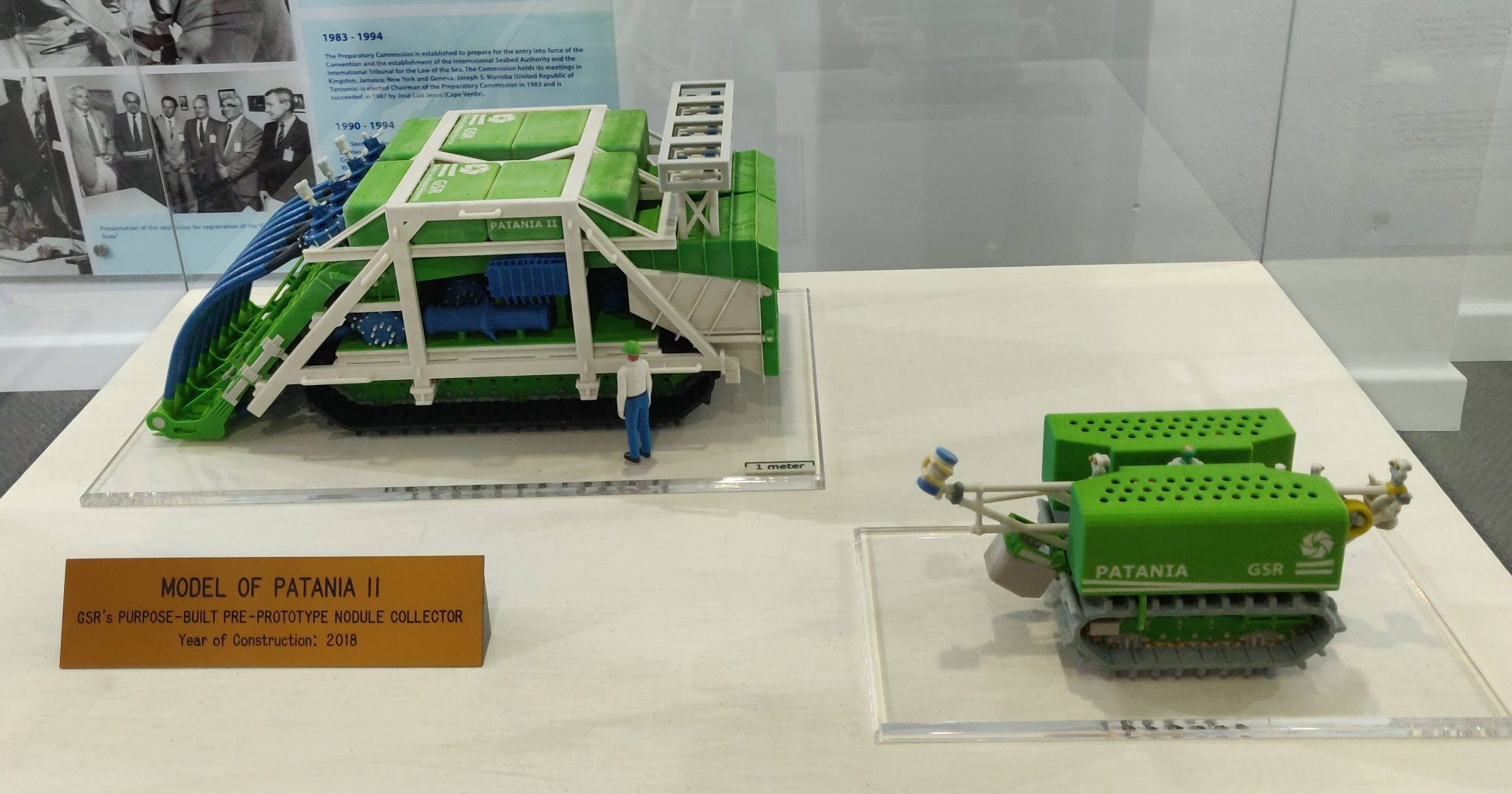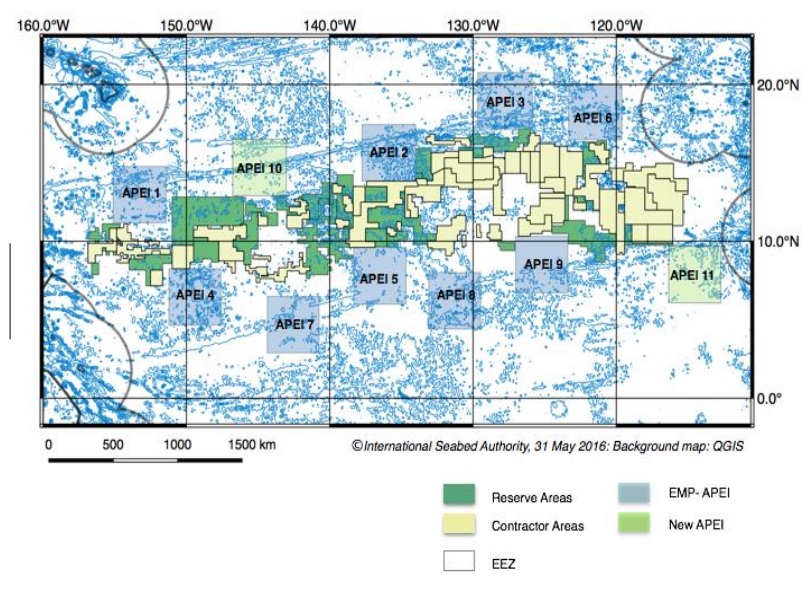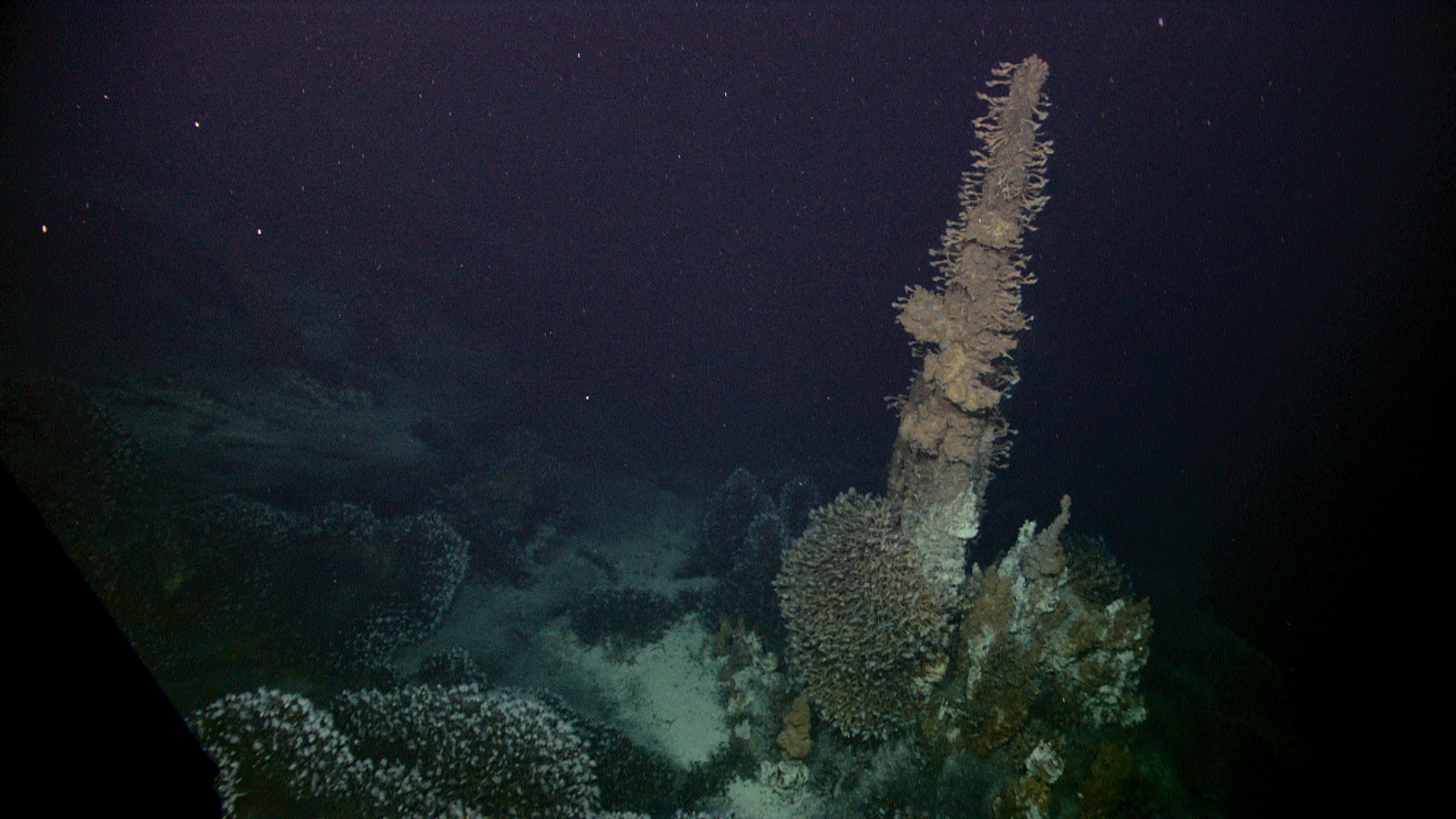Maila Guilhon for the Deep-sea Mining Observer In 2007, scientists first convened a workshop to discuss conservation measures in the Clarion-Clipperton Zone, leading ultimately to the establishment of the first Environmental Management Plan for mining in the Area. Now, evaluating and establishing Regional Environmental Management Plans (REMPs) are a significant component of deep-sea mining discussions. […]
Read More